Hair color has come a long way from the 2007 chunky highlight (and since that time that Kat bleached the two front pieces of her hair RUINING her 7th grade yearbook photo smdh). Most of you have probably heard/Pinterested the word “balayage.” But how do you pronounce it? What does it all mean??? When you’re in the chair, it can be hard to explain what you really want. Let’s be honest, hair color is COMPLICATED. And best left to professionals...but we feel like you deserve to know at least know some of the lingo. It’s going on your precious head, after all.
If you’re just doing a cut (or both!), check out the Dummy Dictionary for Haircuts here!
DIMENSION
A term referring to variations of colors throughout the hair. Hair that is all one color could be considered “flat” or lacking depth.
HIGHLIGHTS
Any technique (foiling, balayage/painting, etc) where pieces or sections of hair are lifted lighter than your natural or artificial base color. This helps create dimension or depth to the hair.
LOWLIGHTS
Any technique (foiling, painting, etc) where pieces or sections of hair are darkened with color to add dimension or accents to the hair.
FOILING
A technique in which pieces or sections of hair are placed in aluminum foil. This traditionally has been used to create a more uniform look from roots to ends. Today many stylists use foiling to provide a variety of color applications and to speed up the processing time – foiling does not necessarily mean you are going to end up with stripes or chunks.
BALAYAGE (pronounced ball-eye-ahj)
A technique that involves painting or free-handing the hair color or lightener directly onto the surface of the designated sections to create dimension with a soft, natural appearance.
BABY LIGHTS
A technique that involves delicately highlighting the hair to create a very blended, yet dimensional, hair color. Designed to mimic the subtle tones seen on children’s hair.
ROOTED
This refers to a more “grown out” look at the base of the hair, where you can see a darker shade throughout the root area, creating depth.
COLOR MELT
A technique used to soften or blend dimensional colors into one another. Can create a rooted look.
SINGLE PROCESS/BASE COLOR
Color that is applied to the root area, or all over, to cover gray or create a uniform color.
BLEACH-OUT/Platinum
Often referred to as a “Double Process” because sometimes two color applications are required. Generally, this is the process required for someone who wants to become all over platinum blonde.
GLOSS/GLAZE/SEMI-PERMANENT
Non-permanent hair color that allows for little or no lift (aka lightening). Most often used to enhance, refresh, darken, add shine, or intensify natural or color-treated hair. Very gentle on the hair and fades out over time.
TONER
A translucent, deposit-only color that generally has conditioning qualities. Often used to adjust the hue/shade of the highlighted hair to create a specific result. Can also be used to control brassy tones.
FAntasy COLORS
This refers to the application of “unnaturally” colored pigments such as red, blue, green, yellow, purple, pink, or pastel shades.
OMBRÉ/SOMBRÉ
A trend where the hair is colored in a gradient so the entire bottom of the hair is a solid color (generally lighter than the root color). Usually looks very two-toned or “dip dyed”. Sombré is the “soft ombré,” where the color gradation is not as drastic from roots to ends.
COOL
A color with more blue, violet, and green pigments will be considered cool or ashy. Cool colors include icy platinum blonde, smokey brown, and plum/violet tinted reds.
WARM
A color with more red, orange, and yellow pigments will be considered warm. Warm colors include golden blonde, chocolate brown, and copper.
BRASSY
Refers to unwanted warm tones (red, orange, yellow). Often looks raw and “unfinished.” Highlights, hair color, and even natural hair can take on a brassy tone over time but can be easily corrected.
NEUTRAL
Neither cool nor warm. An even balance of both pigments.
UNDERLYING PIGMENT
Refers to the pigments that occur in all natural hair colors. These underlying pigments vary depending on the person’s natural hair color. A person with naturally dark hair will have more red and orange tones in their hair which is why it can be more difficult to achieve lighter, cooler colors.
VIRGIN HAIR
Unprocessed and uncolored hair. A hairstylist’s dream, because there are fewer surprises when coloring, and it’s generally healthier and more resilient. But yeah, we agree... the term is weird.
COLOR CORRECTION
Any instance in which the hairstylist needs to fix a bad color or drastically change the color. Booking tip: This can take several hours–in some cases, multiple appointments–so be prepared to sit for a while (and tip the hell out of your colorist ;))
TINTED SHAMPOOS/CONDITIONERS
Can come in a variety of colors designed to remove or add pigmentation to the hair. Most often seen is a violet, blue, or silver color used to remove and prevent brassy and yellow tones in blondes or naturally white hair. Tinted shampoos and conditioners are also great for reds to add more copper or red tones to the hair and keep the color looking fresh.
Did this help? Let us know! Tag your next color job with #beautydummyhair !



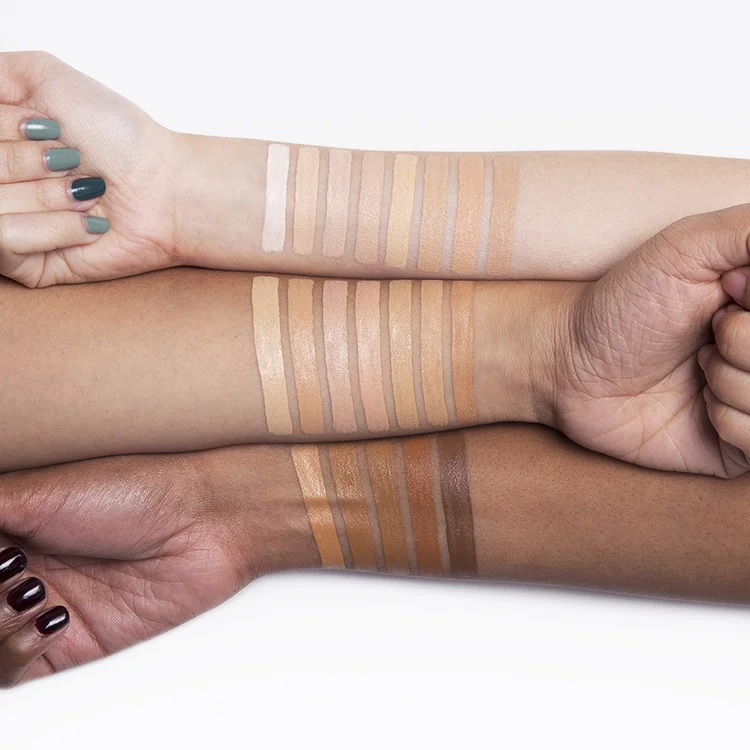







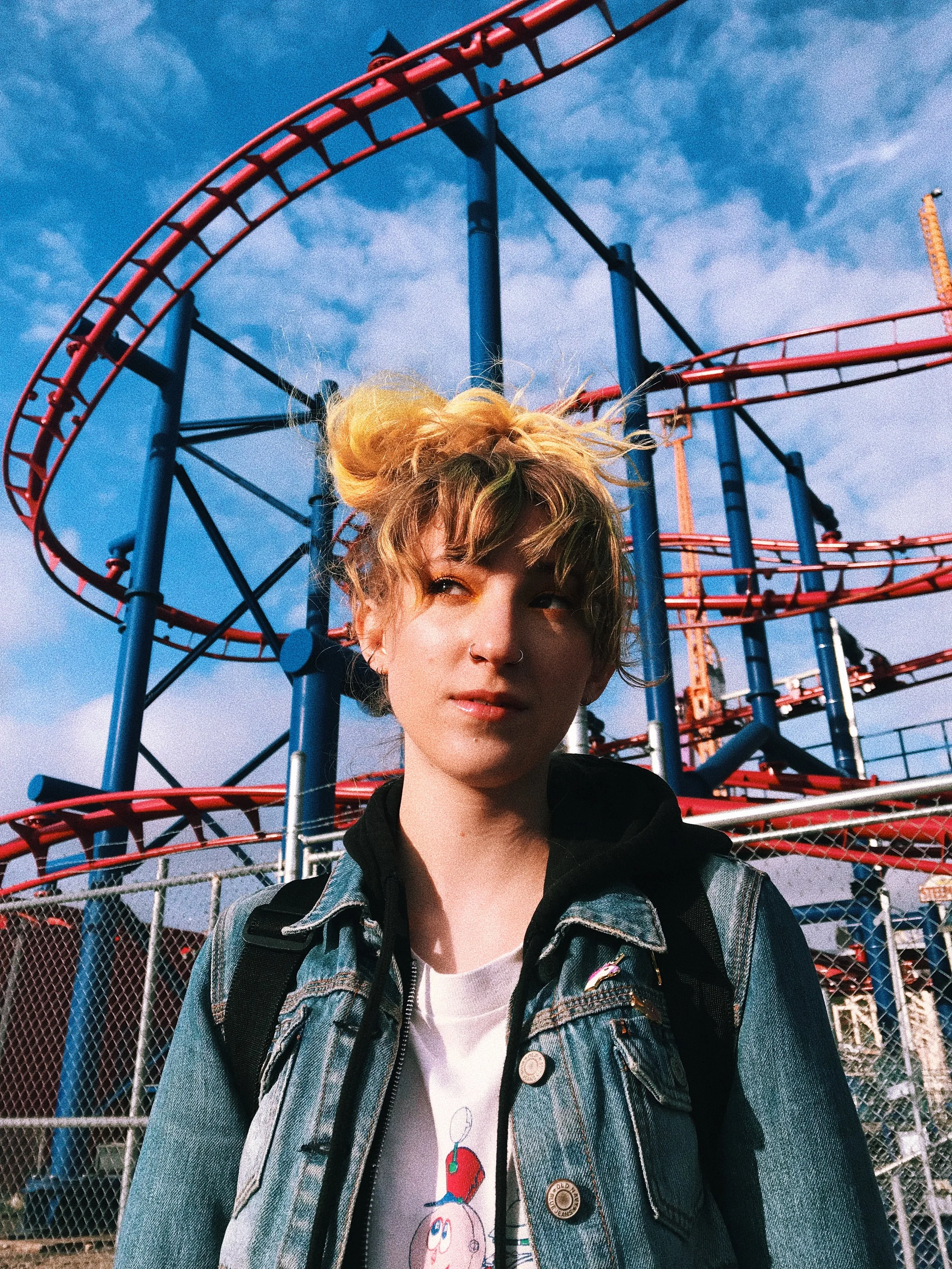
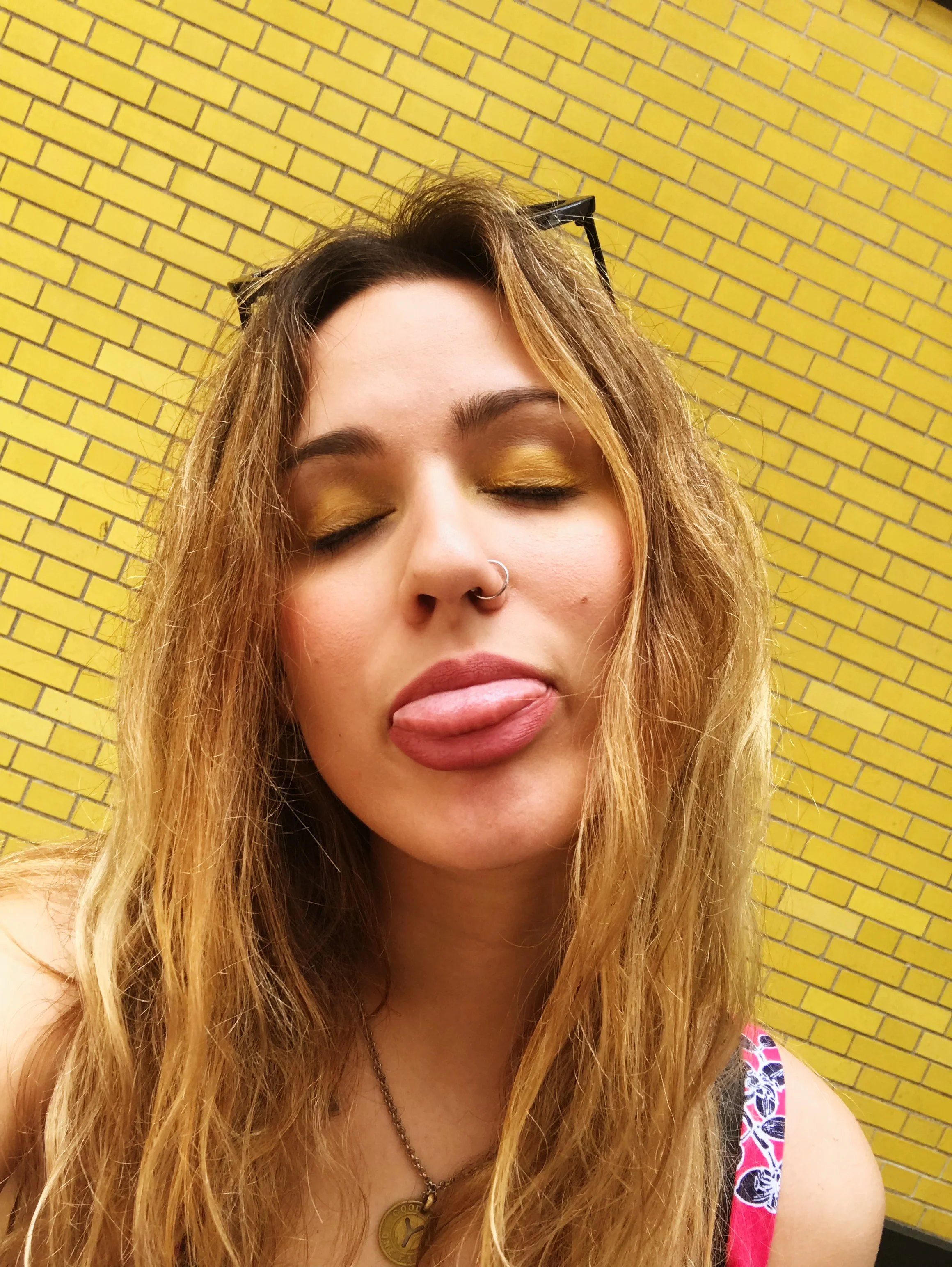
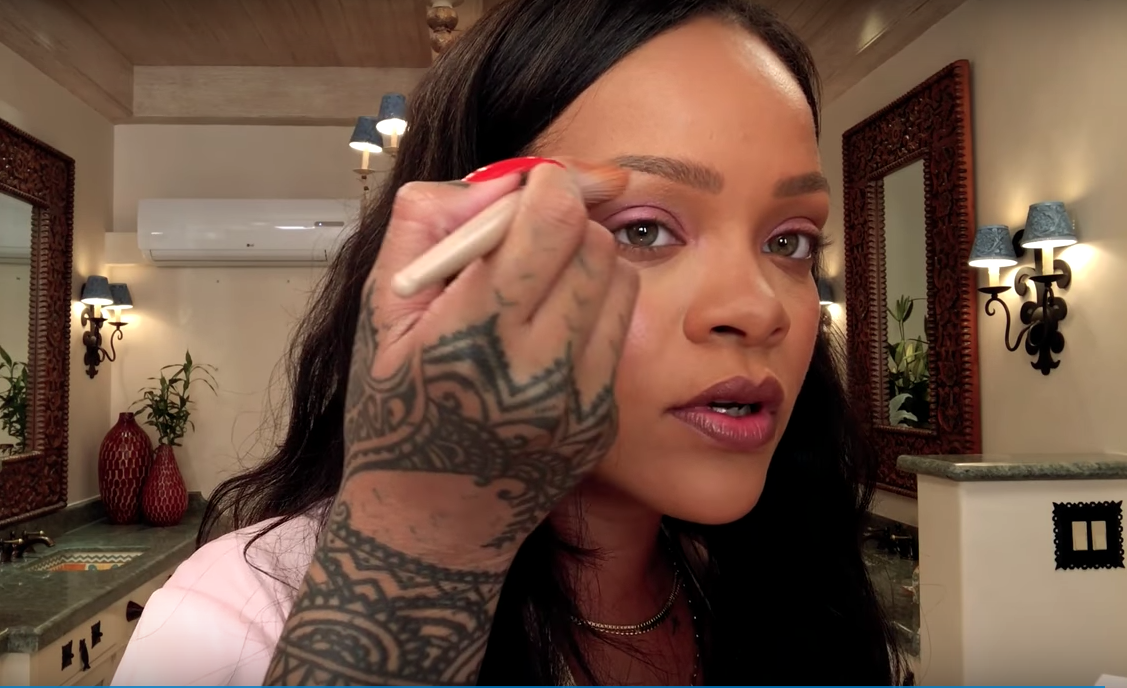

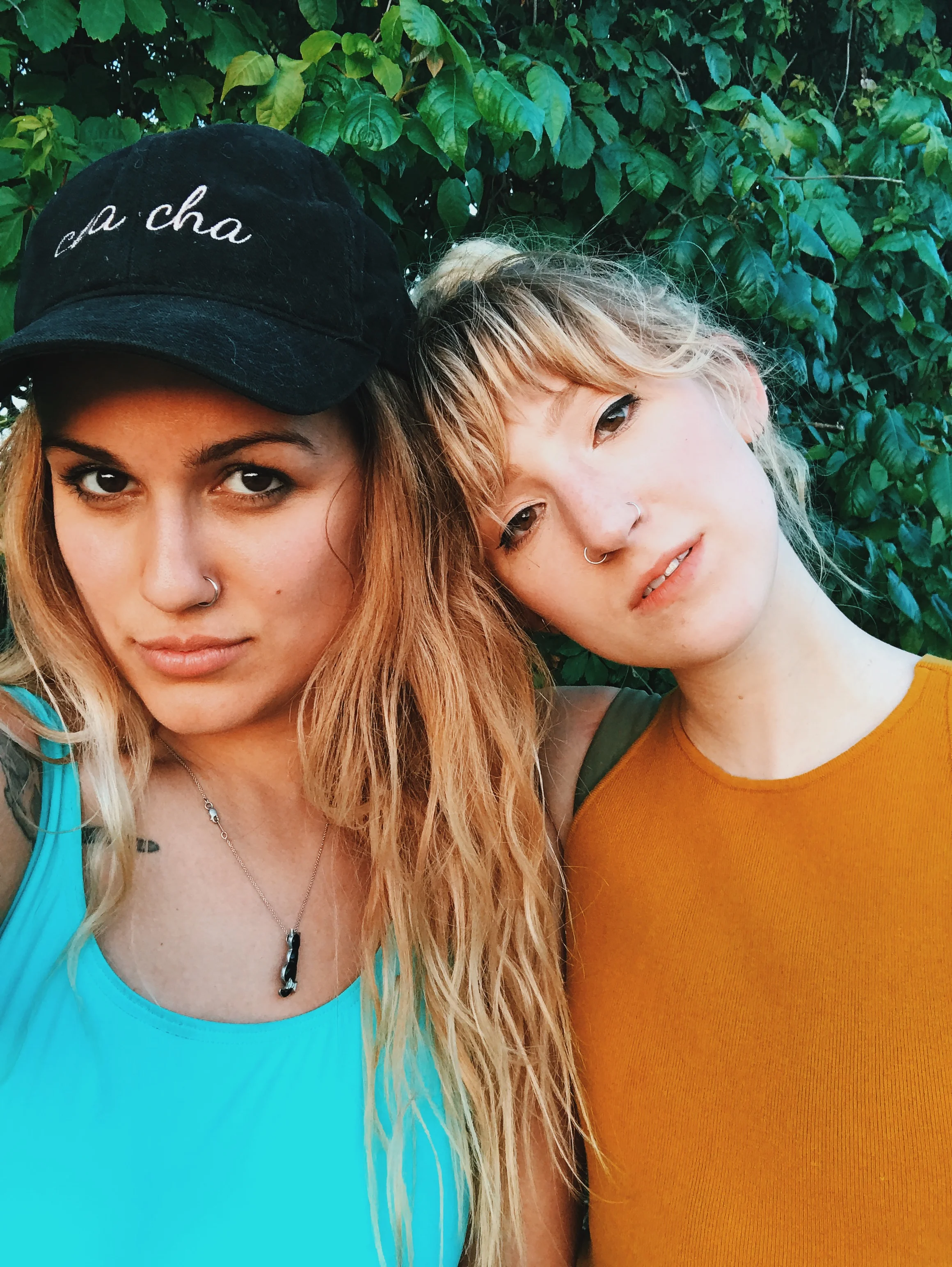


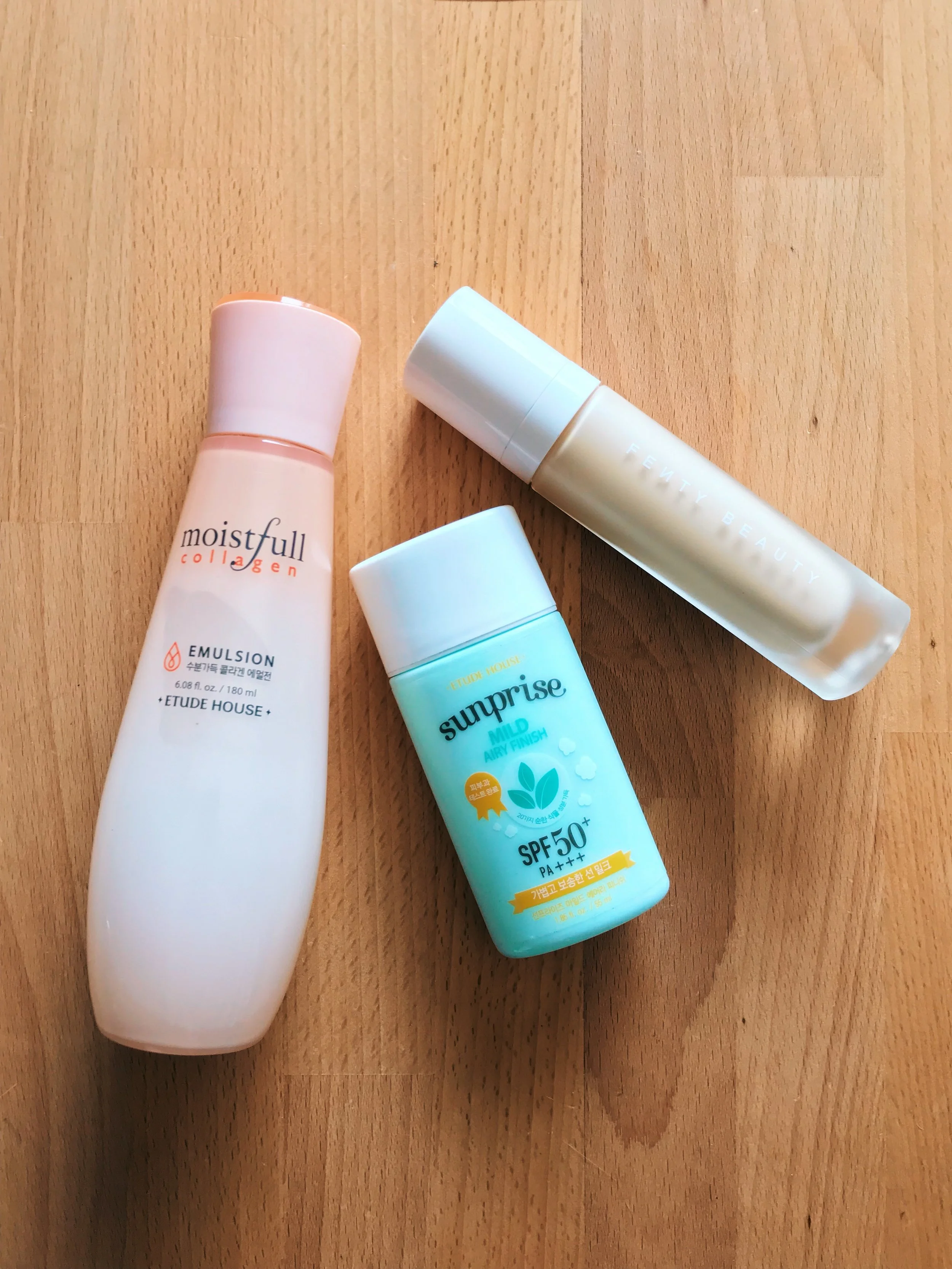




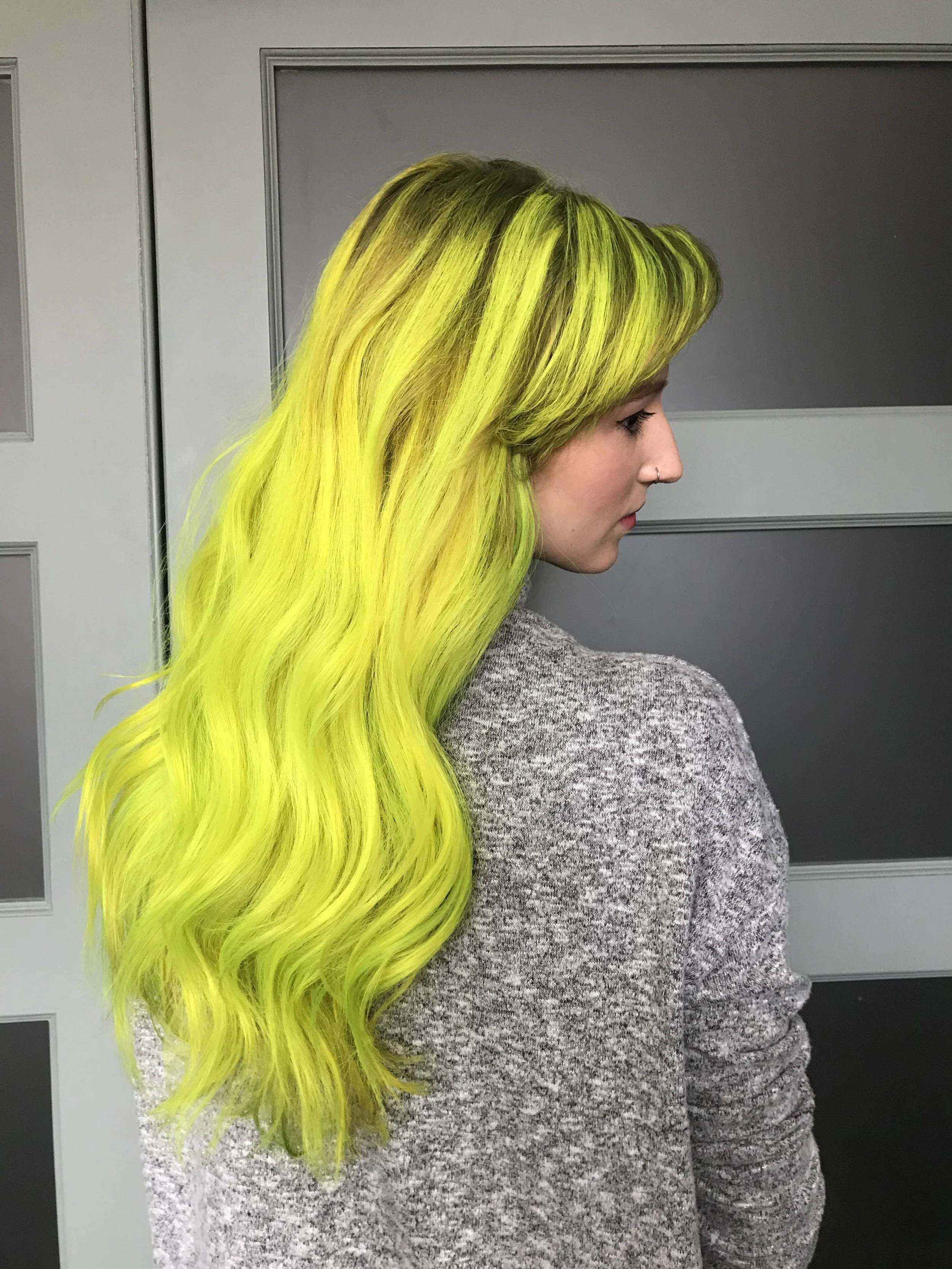
















Downsizing is the new hoarding…in theory!